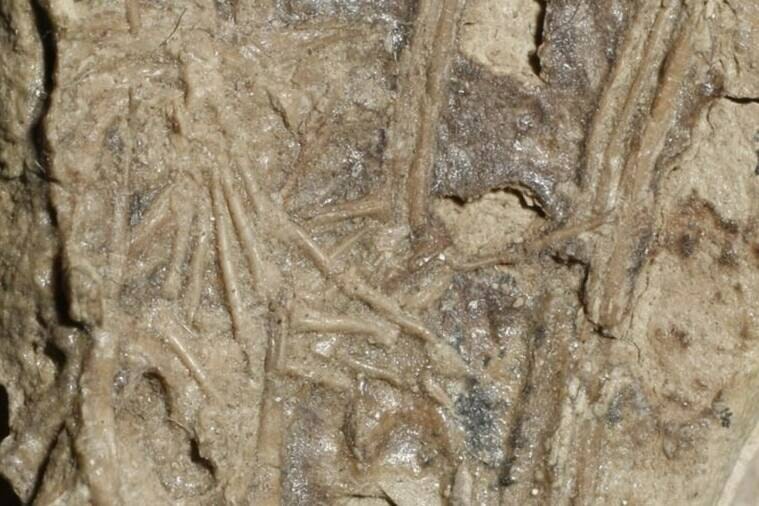You’ve heard of a gold rush – British Columbia exists because of one – and maybe even a silver rush.
How about a bone rush?
At the same time prospectors were making their way to places like Barkerville in B.C. and Deadwood in South Dakota, geologists and naturalists began moving west, and they, too, were looking for treasures in the ground.
Their goal, however, was fossils of extinct animals, invertebrates, and plants.
The bitter rivalry between two of the most prominent paleontologists of the era – Othniel Charles Marsh and Edward Drinker Cope – became known as the Bone Wars.
The existence of dinosaurs, of extinction, and the idea of evolution were still freshly minted in this era. Richard Owen coined the name “dinosaur” in 1842, and Charles Darwin’s ‘On the Origin of Species’ was published in 1859.
But naturalists and amateur proto-scientists had been puzzling over fossils for centuries. Now they began gathering them systematically. And the more bones you have, the more species you can name, the more scientific papers you can publish, and the more impressive specimens you can mount.
With backing from colleges, the U.S. Geological Survey, and rich relatives, the early scientists began heading west, where badlands were exposed and fossils were easier to find.
From the 1870s on, Cope and Marsh found quite a lot of them. They spent most of their time back east, sending money to crews of hired prospectors who scoured likely areas.
Between them, Cope and Marsh named dinosaurs like Triceratops, Stegosaurus, and Allosaurus.
They also tried to block each other’s expeditions, swipe each other’s fossils, and even resorted to sabotage and dynamite to prevent the other side from getting their hands on the goods.
Their vicious competition produced a lot of research and discoveries, and also some blunders.
The dinosaur called Brontosaurus came out of this era – the original version was one of the largest dinosaurs ever seen, but the head was missing. Marsh eventually reconstructed it with a skull sent from a nearby quarry – it later turned out to belong to a completely different species, and Brontosaurus was re-named Apatosaurus for over a century.
Eventually, Cope and Marsh devolved into attacking one another in the press.
The era has the distinction of being both a high and a low point for science.
The bones collected, not just of dinosaurs, but of prehistoric mammals, birds, lizards, and other creatures, laid the foundation for our understanding of hundreds of millions of years of evolution.
But Cope and Marsh had a nasty tendency to give different names to similar fossils. They drove other scientists – more careful ones – out of the field. They hoarded knowledge of prime fossil sites.
Paleontologists have spent years sorting out the Bone Wars mess.
But they did produce a treasure trove of knowledge. Which is more than you can say for gold panning.



